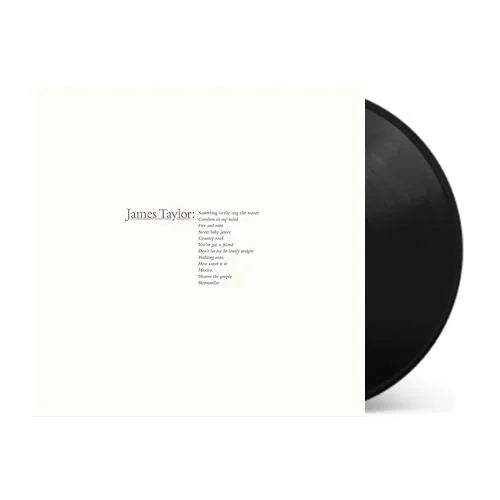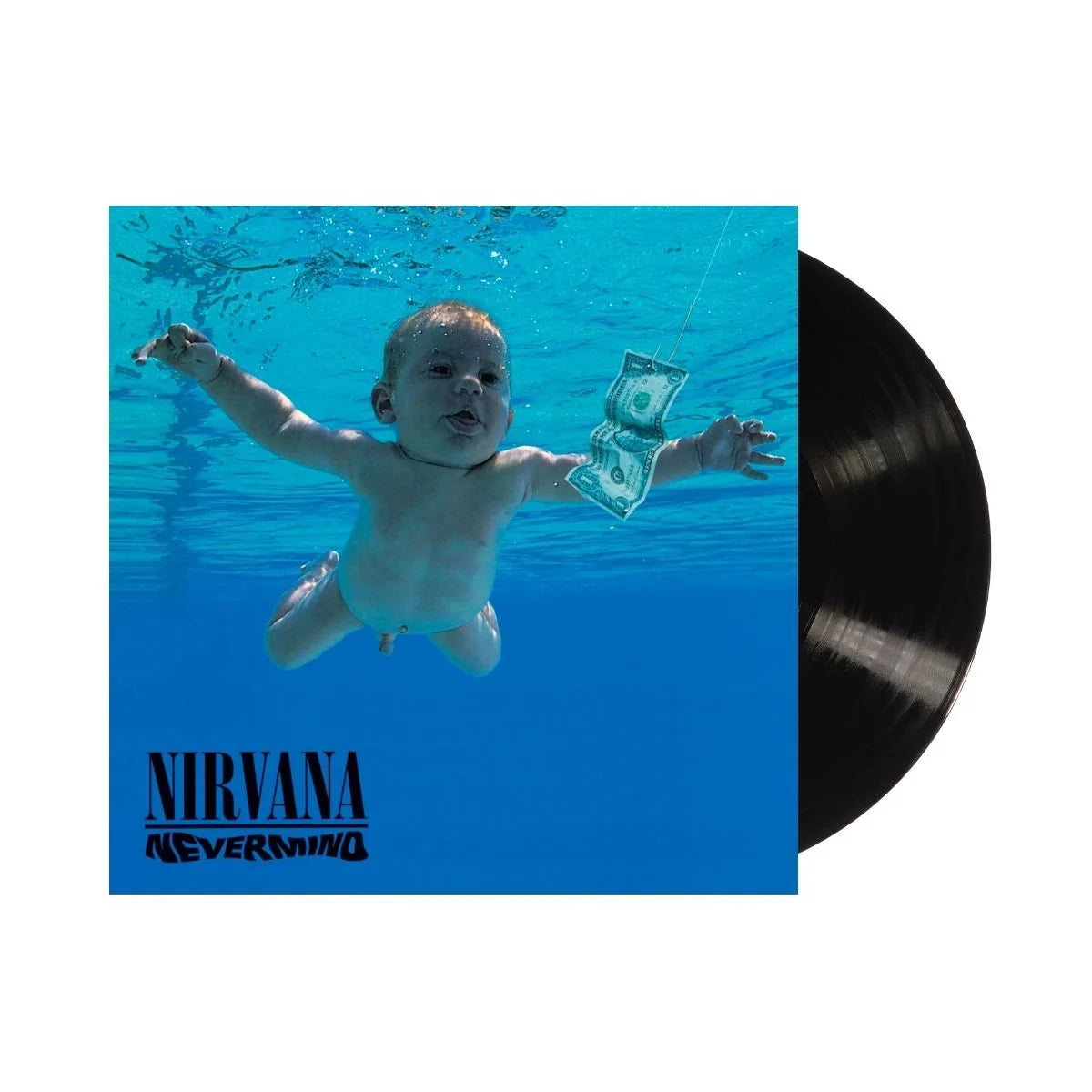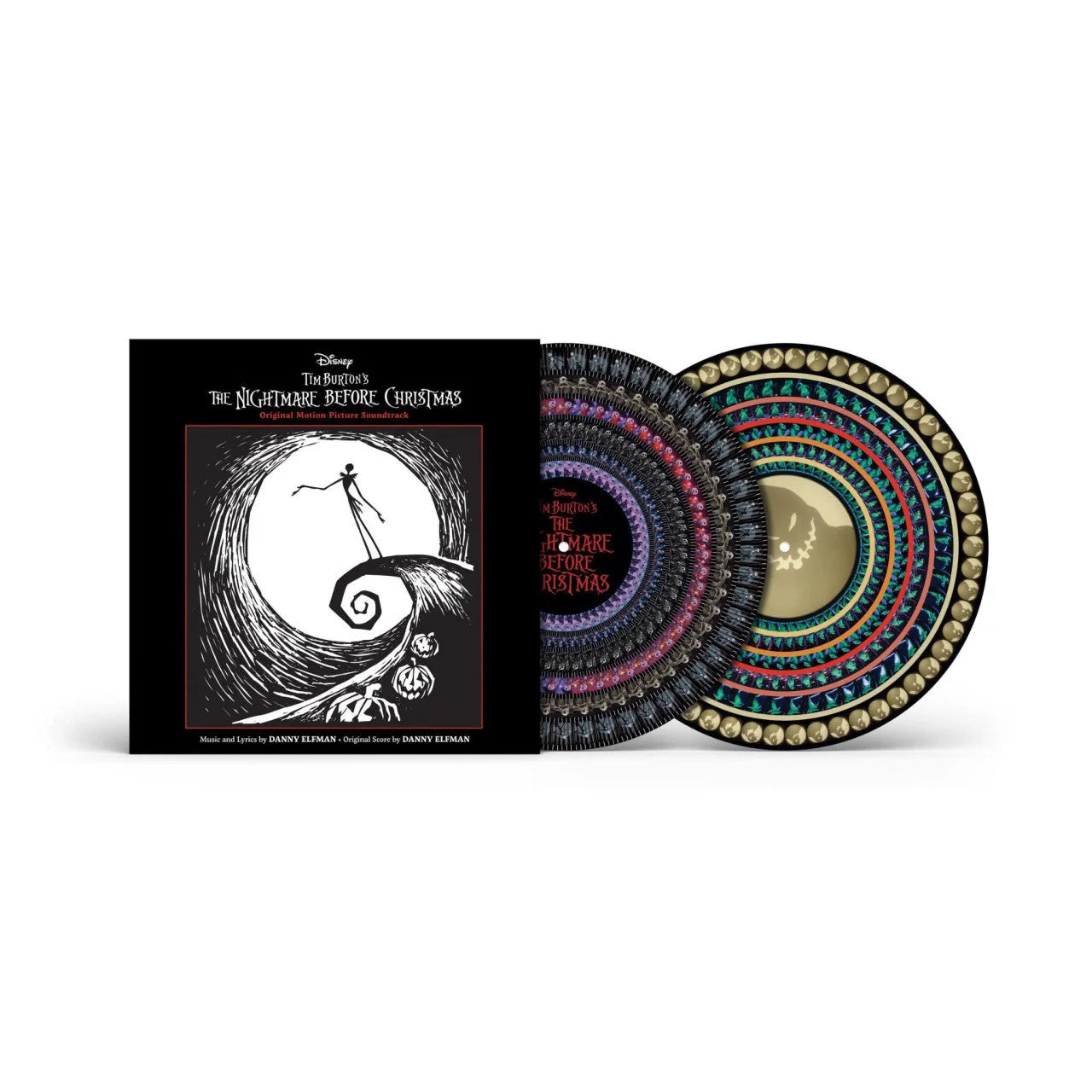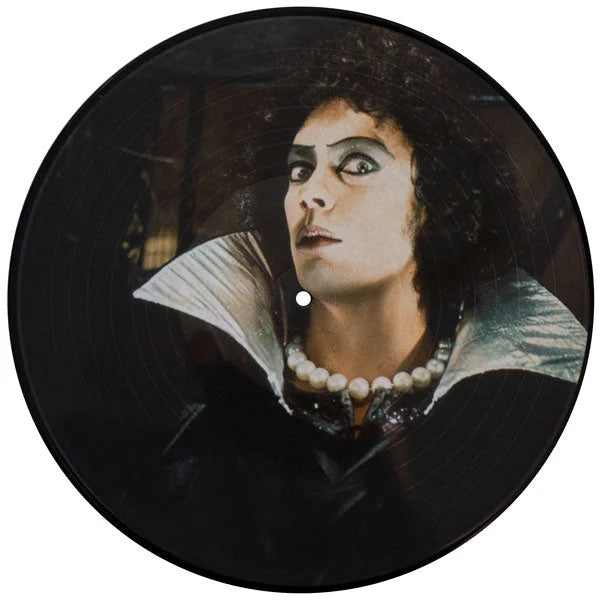For many music lovers, jazz albums on vinyl represent a return to the essence of music listening, offering a tactile experience that digital formats cannot match. Vinyl allows enthusiasts to engage with music physically, from handling the record to dropping the needle. The act itself is almost ritualistic, enhancing the overall experience. Jazz, known for its rich textures and complex soundscapes, thrives on the analog quality of vinyl, which faithfully preserves the warmth and nuance of live recordings. This connection to a more authentic listening experience is why vinyl continues to hold a special place in the hearts of jazz fans.
Must-Have Classic Jazz Albums on Vinyl
Miles Davis – Kind of Blue and Its Lasting Legacy
This masterpiece is heralded for its revolutionary approach to improvisation using modal scales instead of traditional chord progressions. The album features legends like John Coltrane and Bill Evans, whose contributions make it a quintessential lesson in jazz dynamics and expression. Owning this record is essential for anyone serious about vinyl jazz records, as it encapsulates the extraordinary jazz era with every note and nuance, preserved in the rich, analog sound that only vinyl can deliver.
John Coltrane – A Love Supreme and the Spiritual Side of Jazz
Considered one of the most profound iconic jazz records of all time, this album is a profoundly spiritual journey into Coltrane’s personal struggle, redemption, and profound spiritual insights articulated through his saxophone. The album's structure—a four-part suite flowing from intense, energetic expressions to quiet, introspective musings—challenges and rewards its listeners with each listen. It’s a fundamental addition for collectors of classic jazz albums, offering a deeply resonant experience that epitomizes the power of jazz as a medium for personal and spiritual exploration.

Thelonious Monk – Brilliant Corners and Avant-Garde Innovation
Known for its complex sonic landscape and erratic tempos, this album is a testament to Monk's genius in composition and performance. The record includes diverse arrangements that feature the dissonant sounds and angular melodies characteristic of Monk's style, making it a landmark in avant-garde jazz. "Brilliant Corners" is an essential record for anyone interested in the intersections of jazz innovation and classical composition techniques, preserved beautifully on vinyl.
Other Essential Albums from the Golden Age of Jazz
Numerous other classic jazz albums also merit inclusion. Albums like "Bird and Diz" by Charlie Parker and Dizzy Gillespie showcase bebop at its best. At the same time, Ella Fitzgerald's "Ella Fitzgerald Sings the Duke Ellington Song Book" brings the quintessential vocal flair to big band and swing compositions. These albums provide a window into the golden age of jazz, offering a diverse range of styles and performances that helped define the standards of jazz recordings on vinyl. Collectors and new fans should consider these foundational recordings to grasp the breadth and depth of jazz music truly.
Modern Jazz Albums That Belong in Your Vinyl Collection
Kamasi Washington – The Epic and the New Wave of Jazz
This three-volume masterpiece spans various themes from spiritual jazz to aggressive bebop, all woven together by Washington’s powerful tenor saxophone. The album is celebrated for its ambitious scope and the orchestral depth it brings to modern jazz records to own. For vinyl enthusiasts, "The Epic" offers an immersive auditory experience, highlighting the dynamic range and richness that vinyl can articulate, making it a critical addition to any jazz vinyl collection.
Esperanza Spalding – Emily’s D+Evolution and Genre-Blending Brilliance
As innovative as it is captivating, Esperanza Spalding’s "Emily’s D+Evolution" blends elements of jazz, rock, funk, and lyrical storytelling into a cohesive album that pushes the boundaries of traditional jazz. This album showcases Spalding's virtuosity as a bassist and vocalist and her boldness in musical experimentation. Jazz vinyl for beginners and seasoned collectors alike can appreciate the crisp sound quality and intricate details that emerge when experienced on vinyl. The album stands out in a modern jazz context, providing an eclectic sound that challenges and delights listeners.
Robert Glasper – Black Radio and the Fusion of Jazz and Hip-Hop
It has been pivotal in defining the intersection of jazz and hip-hop, featuring collaborations with artists like Erykah Badu, Lupe Fiasco, and Yasiin Bey. This album breaks down the barriers between genres, creating a sound that is at once fresh and familiar. The blend of Glasper's smooth piano lines with electronic beats and hip-hop rhythms makes "Black Radio" stand out among jazz vinyl records. For collectors, the album's innovative fusion and high-quality production make it a must-have on vinyl, offering a unique auditory experience that enhances the textures and layers of Glasper’s musical vision.
Rare and Vintage Jazz Vinyl: Collectible Treasures
What Makes It Rare and Valuable?
First pressings are particularly coveted, especially those signed by the artist or associated with a notable jazz event - collectors also prize records discontinued by labels or those featuring unique artwork. The hunt for such rare jazz vinyl can be as exhilarating as discovering a hidden gem that holds immense personal value and carries a piece of jazz history.
Iconic First Pressings and Their Market Demand
These editions are typically the first to circulate and are closest to the original studio recordings, providing unparalleled sound quality and authenticity. Collectors and enthusiasts often seek these out for their potential increase in value and the prestige of owning original pieces of musical history. As such, these pressings are considered gold standards in collecting, embodying the essence of the music as it was first intended to be heard.
Hunting for Vintage Jazz Vinyl
Local record shops often have a section dedicated to jazz, where one might find hidden, must-have jazz albums. Antique stores and estate sales can also be surprising sources of valuable finds. For broader searches, attending record fairs and auctions provides access to more diverse and potentially rare collections. Connecting with other collectors through clubs or online forums can lead to tips on upcoming sales and potentially exclusive offers.

How to Authenticate and Preserve
Authenticity can be compromised by reissues or counterfeits, making it crucial to follow a detailed verification process. Meanwhile, preservation techniques help prevent damage caused by environmental factors, handling, and improper storage:
- Visual Inspection: Scrutinize the surface for scratches, warps, and signs of wear that may affect playback. An original pressing typically has a distinct sheen and texture, while some reissues or counterfeits may appear slightly different due to variations in vinyl quality. The record label should be checked carefully—originals often have crisp, high-quality printing with no fading or bleeding. Look at the font, logo placement, and any small details that may differ from official releases. Also, early pressings may feature deep groove indentations on the label, which can help differentiate them from later reissues. Any inconsistencies in these details could indicate that the record is not an original pressing.
- Sound Quality Check: The best way to determine authenticity is by listening. Play the record on a high-quality turntable and pay attention to the depth and clarity of the sound. Original pressings, especially those from the golden era of jazz, are known for their rich, dynamic audio that captures the nuances of live recordings. Counterfeit records or reissues may sound flatter, with diminished bass and high frequencies. Another critical factor is surface noise—while older records may have minor crackles due to age, they should not sound overly compressed or muffled. Be mindful of any discrepancies in mastering quality, as some bootlegs or unofficial pressings might introduce inconsistencies.
- Catalog Number Verification: Every original jazz record has a unique catalog number assigned by its record label. This number is typically printed on both the label and the runout groove and etched into the vinyl. Cross-referencing this number with reliable sources such as Discogs, label archives, or collector guides is essential for authentication. Be cautious of discrepancies—reissues sometimes have slight variations in catalog numbers or different matrix codes in the dead wax. Early pressings might also include additional markings, such as initials from mastering engineers, which can help confirm authenticity. If the record’s catalog number does not match official listings or has anomalies, it may be a reproduction rather than an original pressing.
- Research Provenance: Understanding the history of a record is another critical factor in authentication. Provenance refers to the chain of ownership and any supporting documentation that verifies a record’s authenticity. If a record comes with its original receipt, promotional stickers, or even notes from past owners, these can provide valuable insights into its history. Checking auction records or consulting with experienced collectors can also help determine if a record was part of a significant collection or sold by a reputable dealer. When buying from private sellers, ask about the record’s background and verify details through multiple sources to avoid purchasing a counterfeit.
- Storage and Handling: Vinyl should always be stored vertically in a calm, dry environment with stable humidity levels to prevent warping. Using high-quality, anti-static inner sleeves helps protect records from dust and scratches, while sturdy outer sleeves prevent jacket wear. Exposure to direct sunlight can cause fading and heat damage, so records should be kept away from windows or heat sources. Always touch the edges or label when handling a record to avoid transferring oils and dirt onto the grooves. Additionally, using a carbon fiber brush before and after playback can help maintain sound quality by removing dust particles. Regular cleaning with a specialized vinyl cleaning solution further ensures longevity.
By following these steps, collectors can confidently authenticate and protect their rare jazz records, ensuring they remain valuable and enjoyable for years to come. Proper verification techniques help prevent the purchase of counterfeits, while careful preservation safeguards records from wear and environmental damage.
Jazz Vinyl Reissues: High-Quality Alternatives for Collectors
Comparing Original Pressings vs. Modern Remasters
The debate between original pressings and modern remasters rests on several factors, primarily sound quality and historical authenticity. Original pressings provide a direct link to the era and style of the music, often considered more authentic and emotionally resonant. However, modern remasters can offer more transparent sound with fewer imperfections, thanks to advances in audio technology. These remasters often utilize the original analog tapes, ensuring the music’s integrity is preserved while enhancing its clarity and dynamic range.
Essential Reissued Albums Every Collector Should Consider
Certain albums are considered essential for any jazz collector, particularly when available as quality reissues. Albums like Dave Brubeck’s "Time Out" and Charles Mingus’ "Mingus Ah Um" have received several reissues, each providing a different listening experience. Another notable reissue is John Coltrane’s "Blue Train," especially versions remastered at 45 RPM for optimal audio quality.
Where to Buy Jazz Vinyl: Top Sources for Collectors
Best Record Stores
Exploring local record stores remains one of the most rewarding ways to expand a jazz vinyl collection. Staff members, usually enthusiasts themselves, can provide valuable insights and recommendations tailored to your taste and collection needs. Additionally, local shops frequently host listening events and release parties, offering a community aspect that online shopping can't match.
Online Sites for Vinyl
For broader access to jazz records, online sites for vinyl offer an extensive catalog of options that can be conveniently browsed from home. Websites like Vinyl.com allow collectors to purchase records, track their collections, and connect with other enthusiasts. They ensure that even the most obscure releases are just a click away, making them invaluable resources for deepening their jazz collection.
Navigating Marketplace Listings
When buying secondhand jazz records, it’s important to navigate marketplace listings carefully to ensure you get quality products at fair prices. Sellers on platforms will often provide detailed descriptions and grading of the record's condition, which should be meticulously reviewed. Be wary of listings that lack detailed photos or descriptions, as these can be red flags for potential issues with the record's quality.
Tips for Evaluating Pressing Quality and Condition
Proper evaluation helps collectors avoid records with poor sound quality, surface damage, or authenticity issues. By following a thorough assessment process, you can ensure that your purchase meets both sonic and collectible standards:
- Sleeve Condition: Look for any visible wear, such as ring wear (circular discoloration), corner bends, split seams, or water stains. A well-preserved sleeve often means the vinyl inside has been stored properly. The presence of original inserts, lyric sheets, or promotional materials can add value to a record. While minor edge wear is common in older records, excessive damage might suggest poor storage conditions.
- Odor Check: Smell is an often-overlooked but important factor when evaluating vinyl. If a record has been stored in damp or moldy conditions, it may carry a musty or mildew-like odor. This can be a warning sign of potential mold growth, which can damage the vinyl and spread to other records in your collection. A strong chemical smell might indicate exposure to smoke or improper cleaning solutions, which could degrade the grooves over time. While some odors can be removed with proper cleaning and airing out, severe cases of mold damage may permanently affect playback quality.
- Weight and Pressing Quality: Many original jazz pressings, especially from the 1950s and 1960s, were pressed on heavier vinyl that contributes to a richer, more stable sound. Some high-quality reissues also use 180-gram vinyl, which is prized for its resistance to warping and superior audio fidelity. Lighter pressings, while not necessarily bad, may indicate a budget reissue or lower-quality manufacturing. If possible, hold the record in your hands and assess its weight—heavier records often provide better tracking and longevity.
Buyers can make well-informed selections and steer clear of buying records with urgent flaws, condition problems, or authenticity issues by carefully weighing these aspects. Whether collecting for personal enjoyment or investment purposes, a thorough inspection process ensures that you’re acquiring high-quality jazz vinyl that will stand the test of time.

Collecting jazz vinyl records is more than a hobby; it's a journey into the heart of music history. It requires dedication to both preservation and exploration. The process of building a collection that withstands the test of time while continually discovering new layers and expressions of jazz is deeply rewarding. As you expand your collection, let your personal taste guide you, and allow each record to tell its story, enriching your understanding and appreciation of this incredible genre.
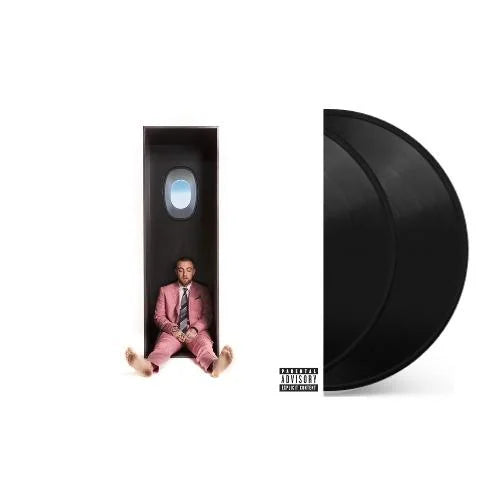

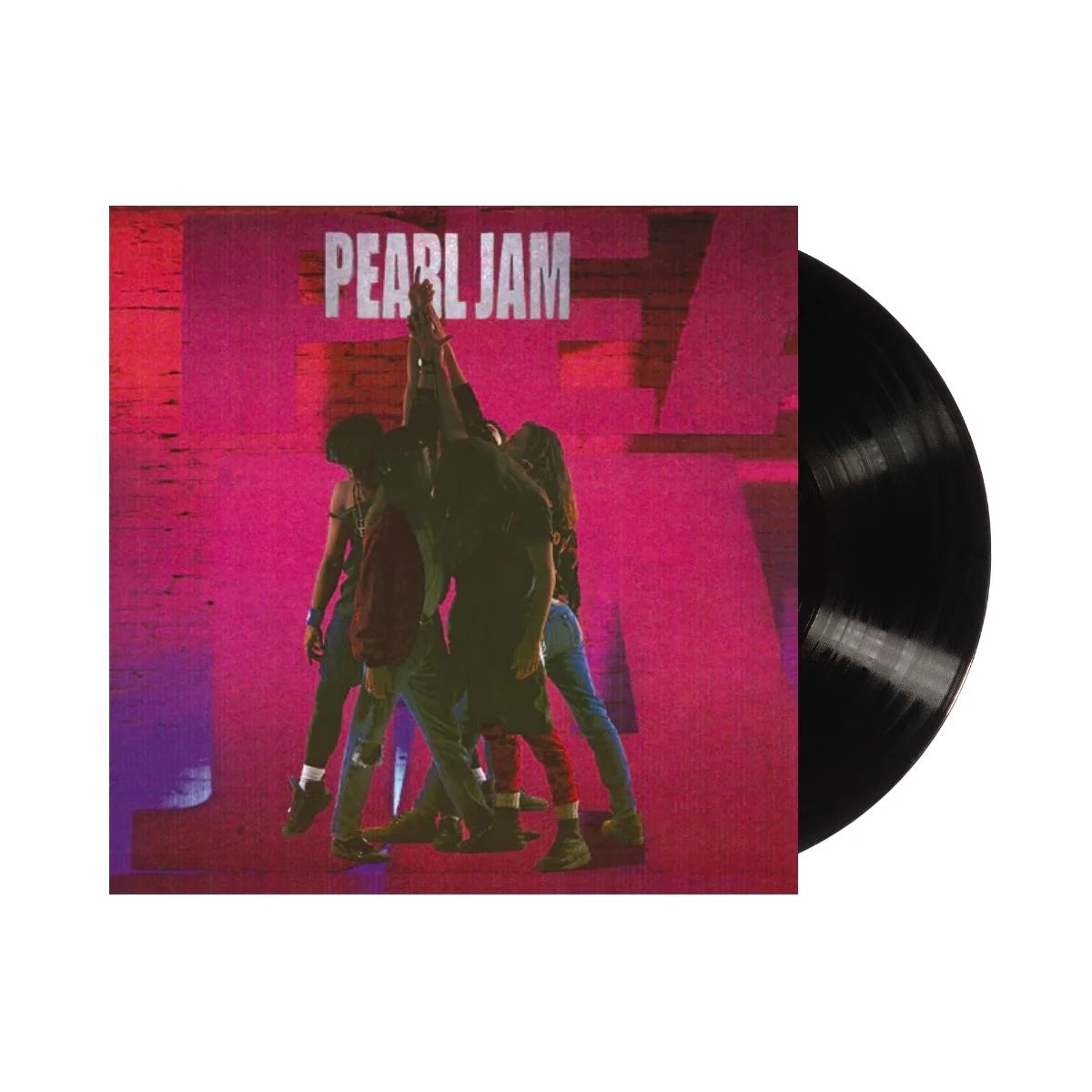
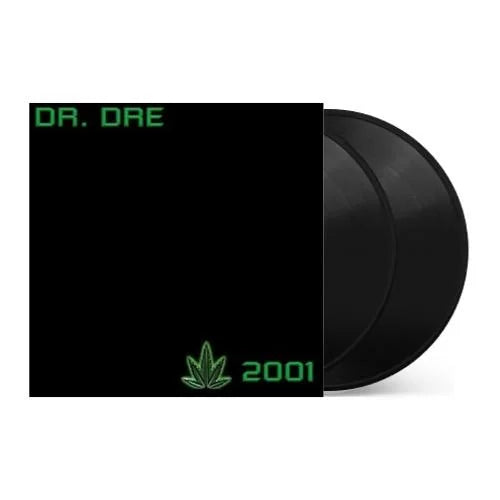
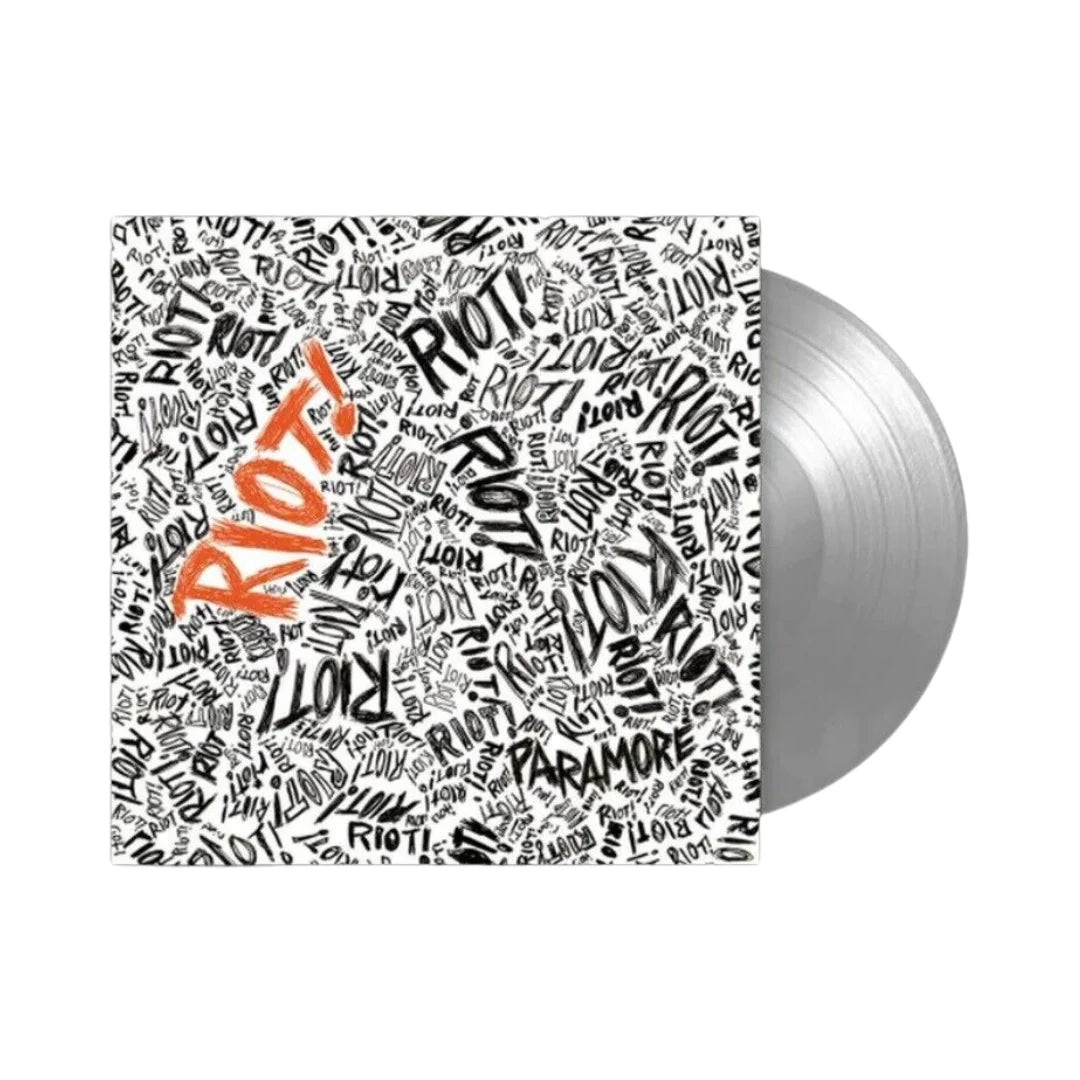
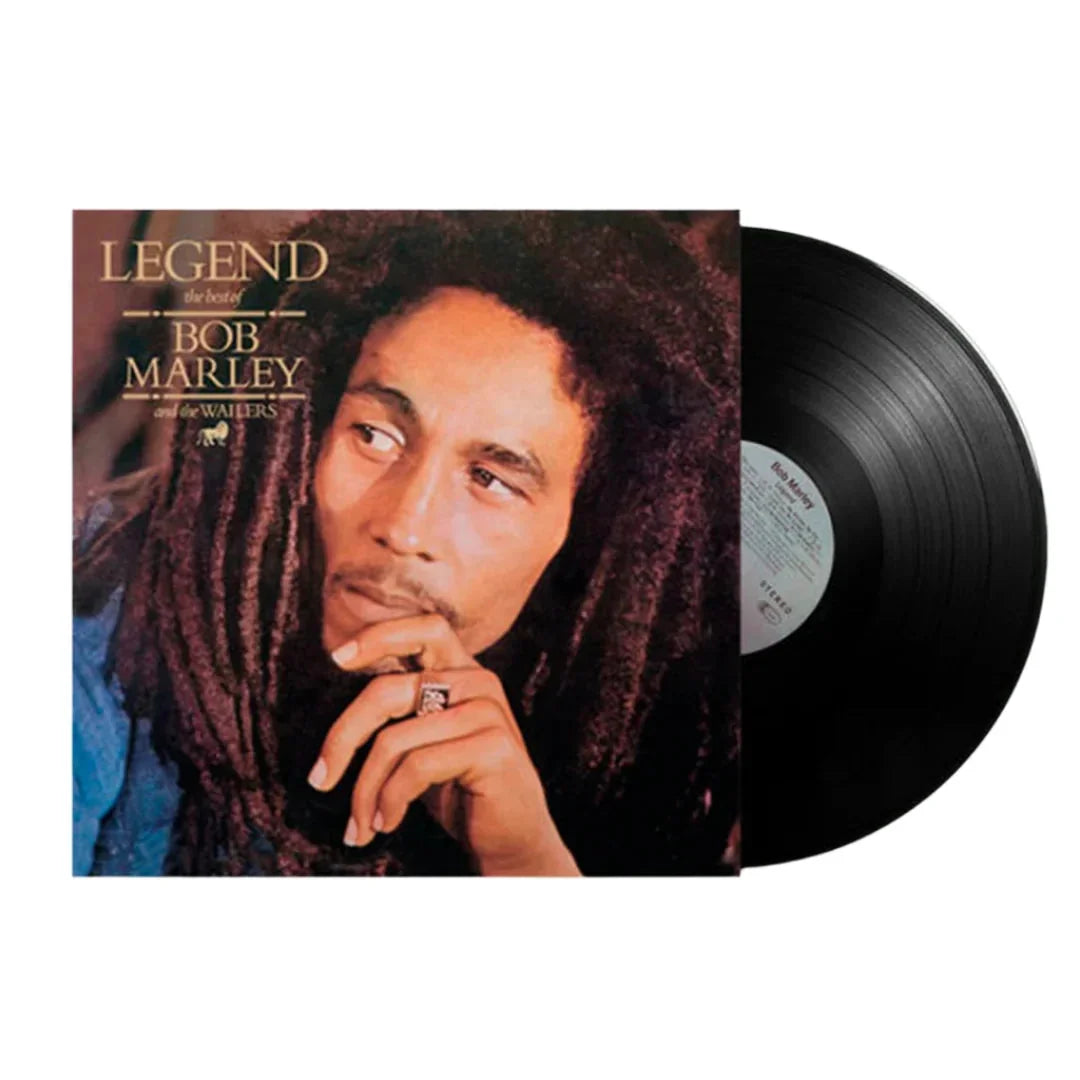
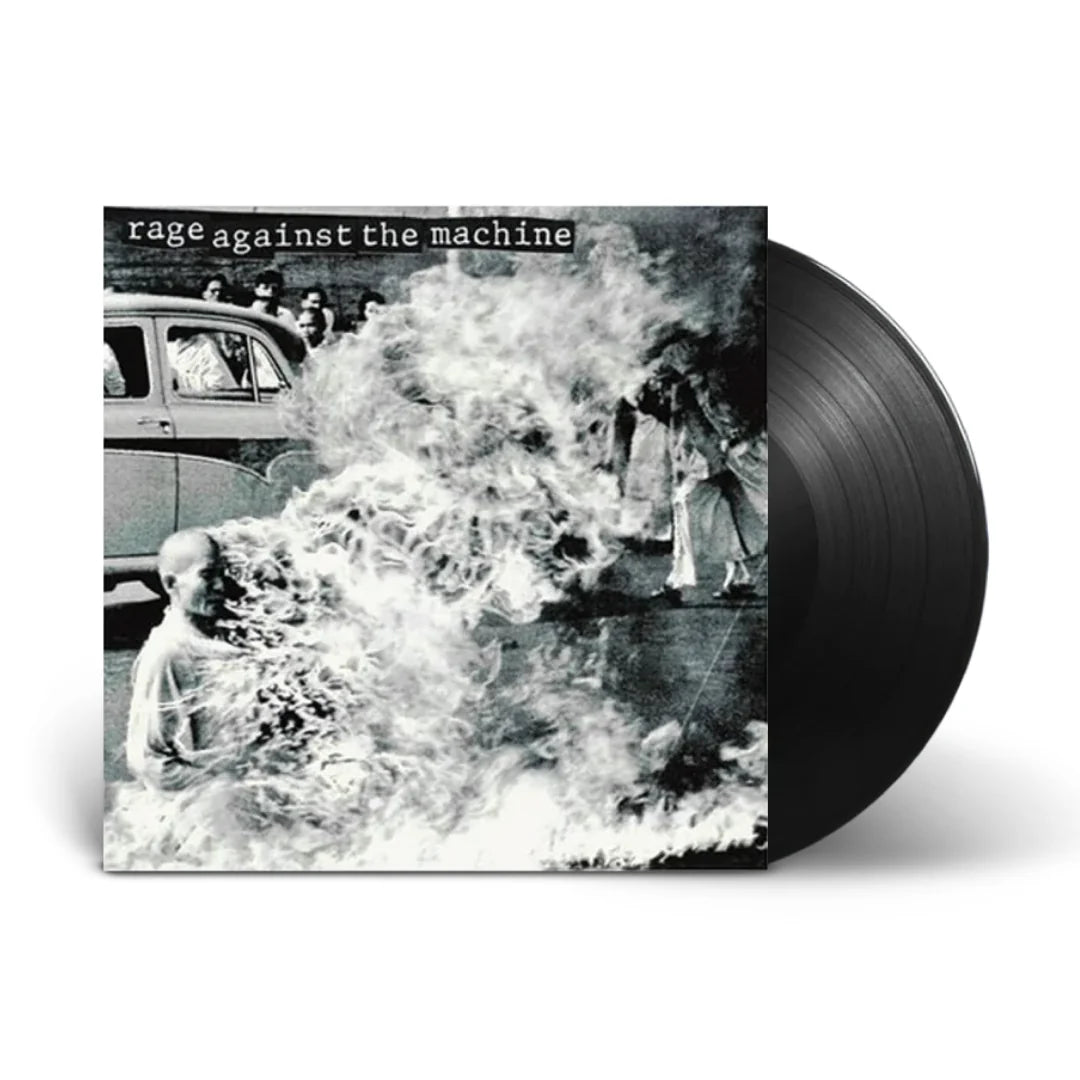


![1 Locate S - Wicked Jaw [Sky Blue]](http://vinyl.com/cdn/shop/files/4217742-2982879.jpg?v=1693273095&width=5760)

![11/5 - A-1 Yola [2LP Orange Swirl]](http://vinyl.com/cdn/shop/files/3992138-2728122.jpg?v=1684200429&width=5760)
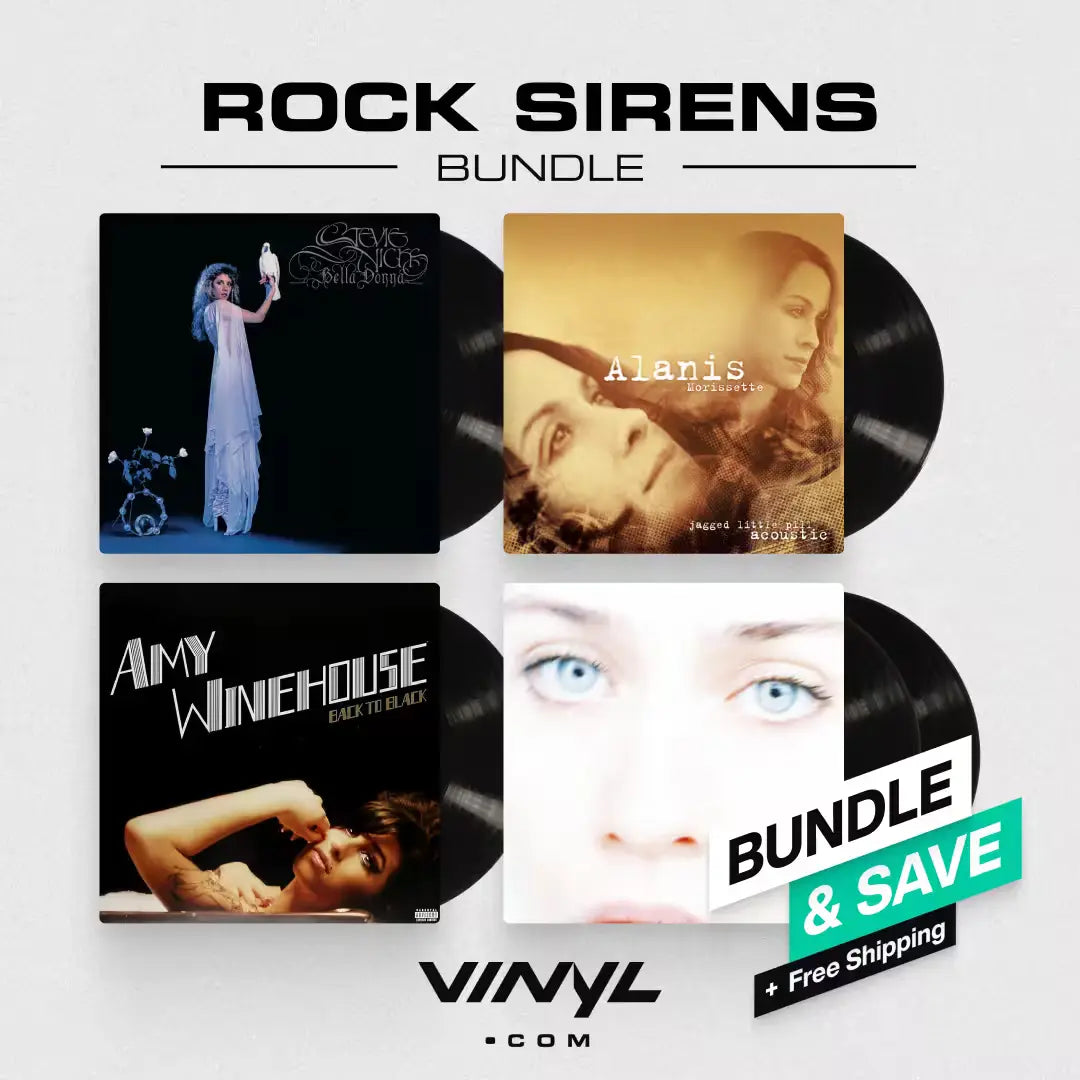

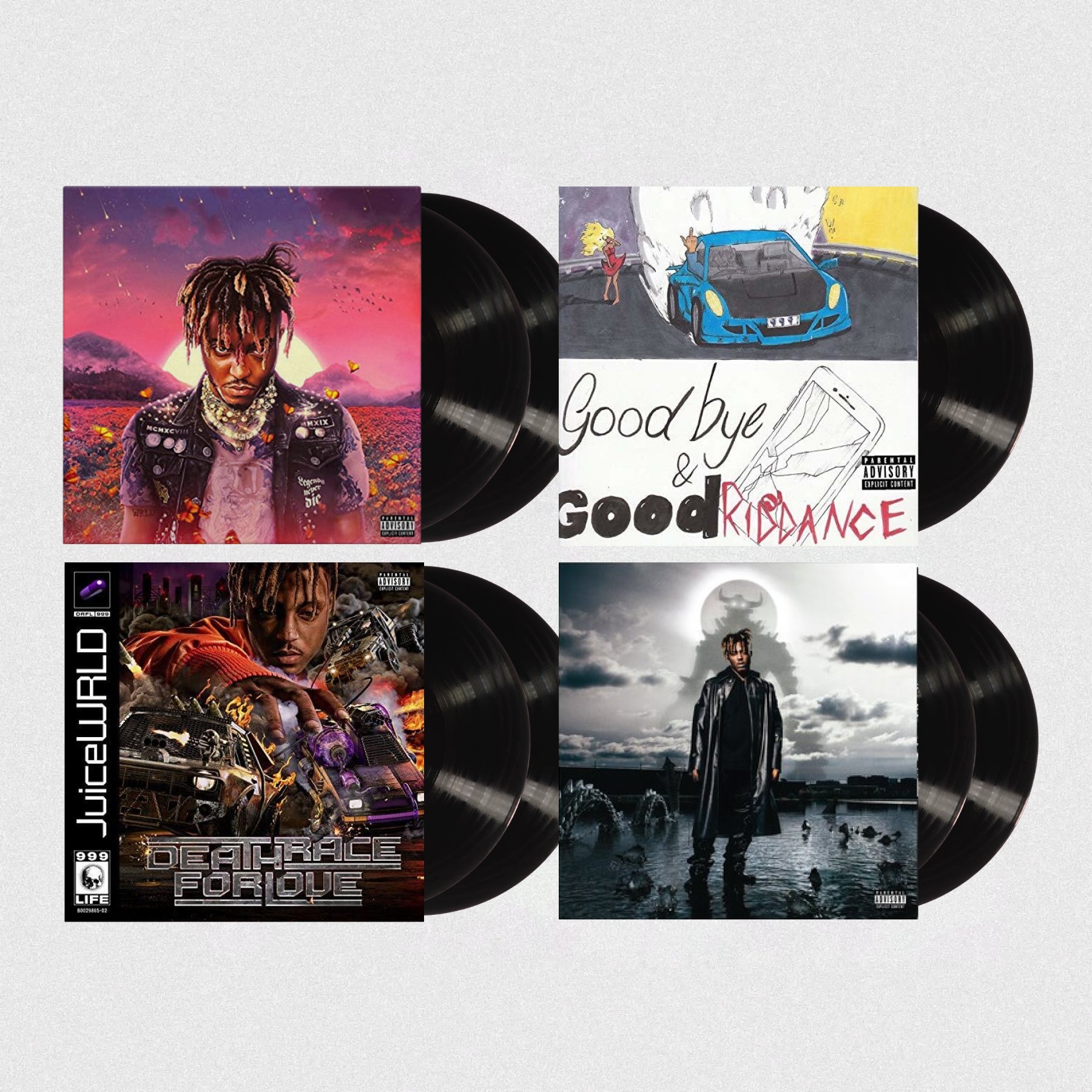
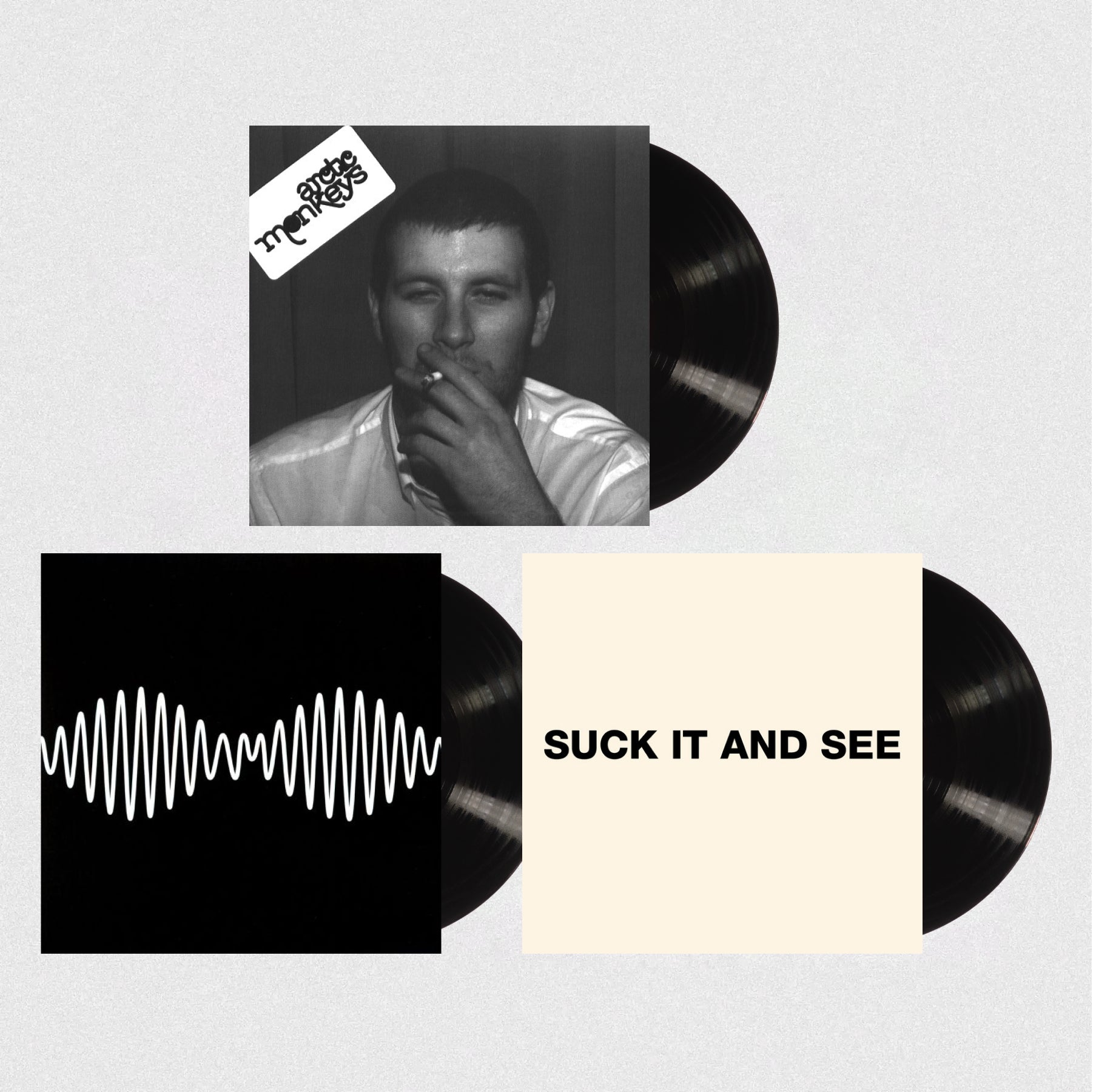
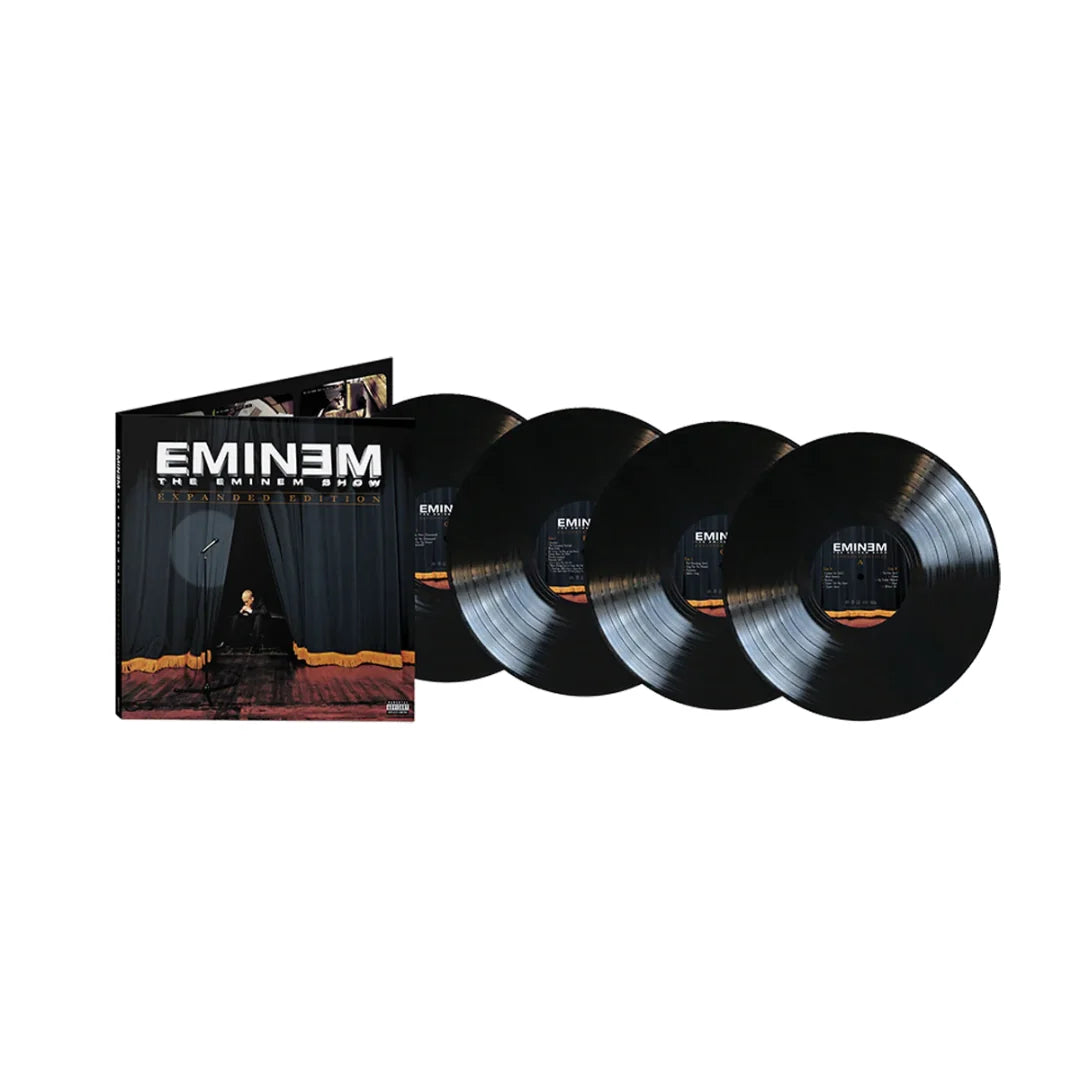
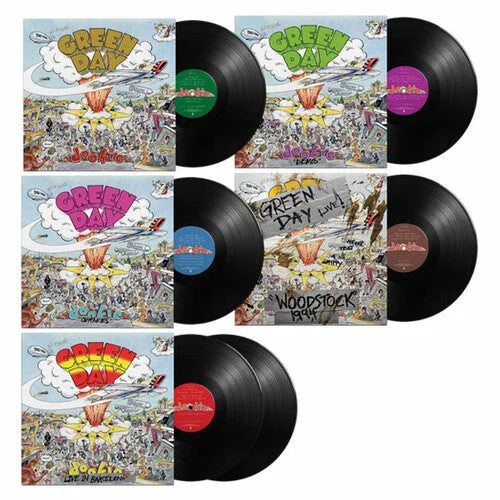


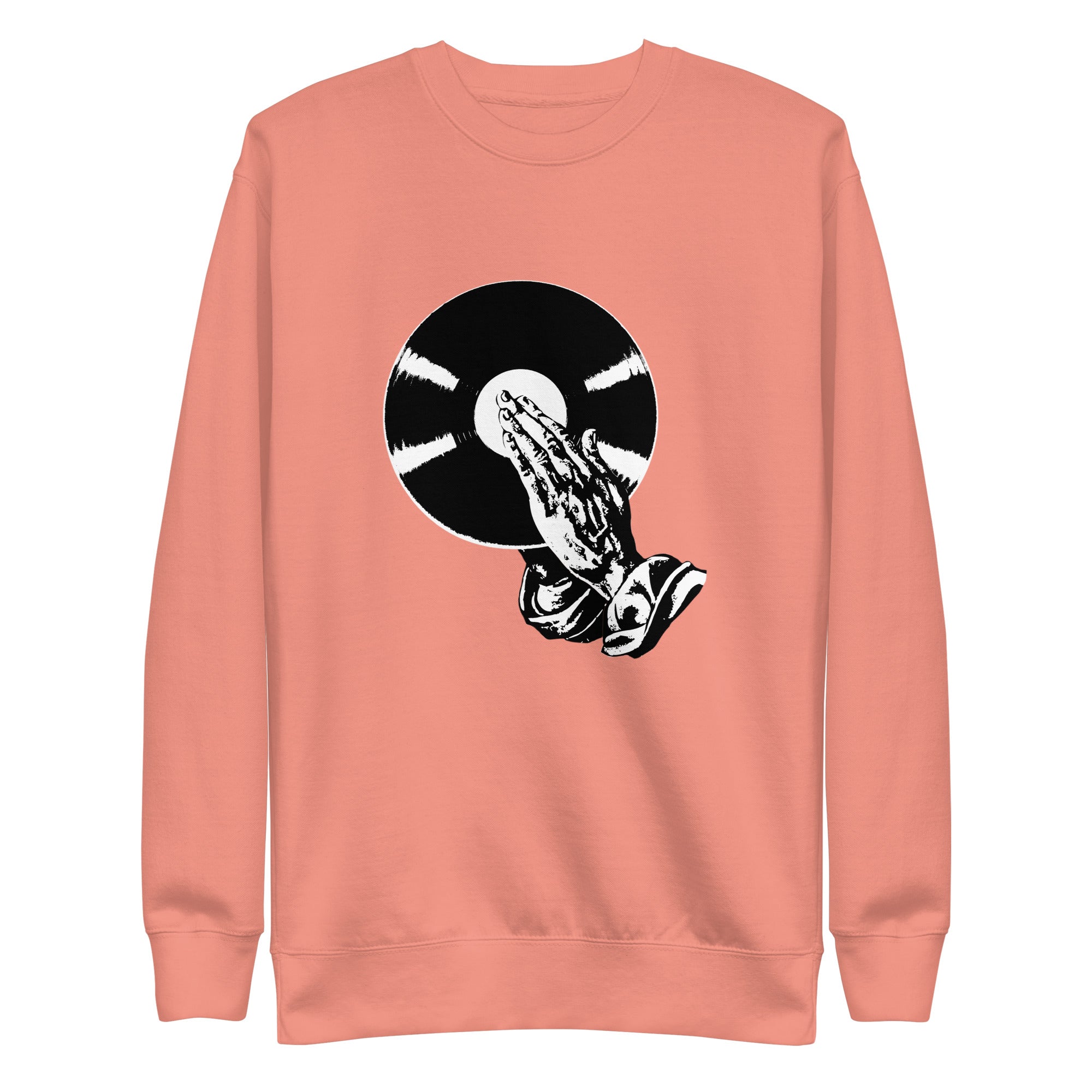
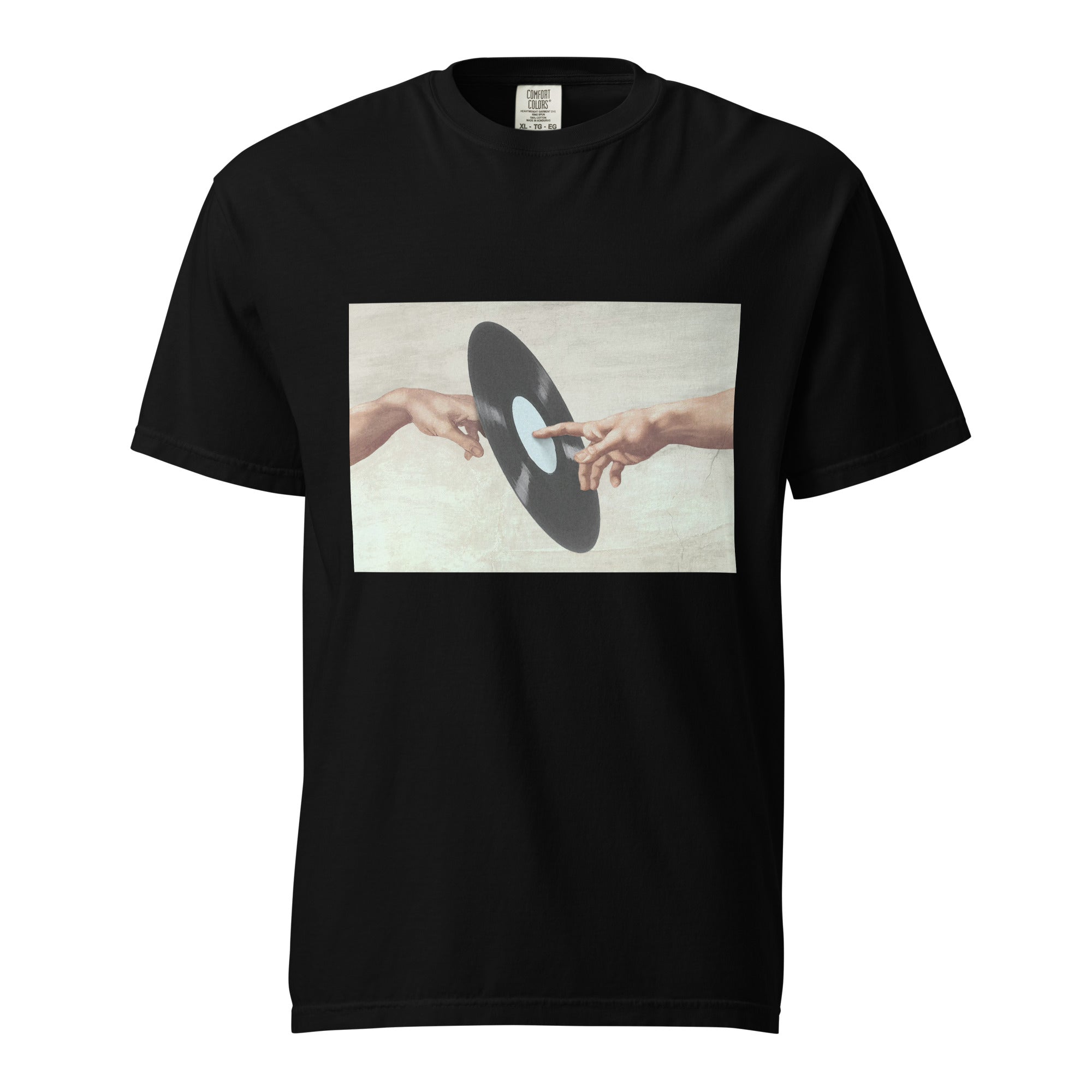
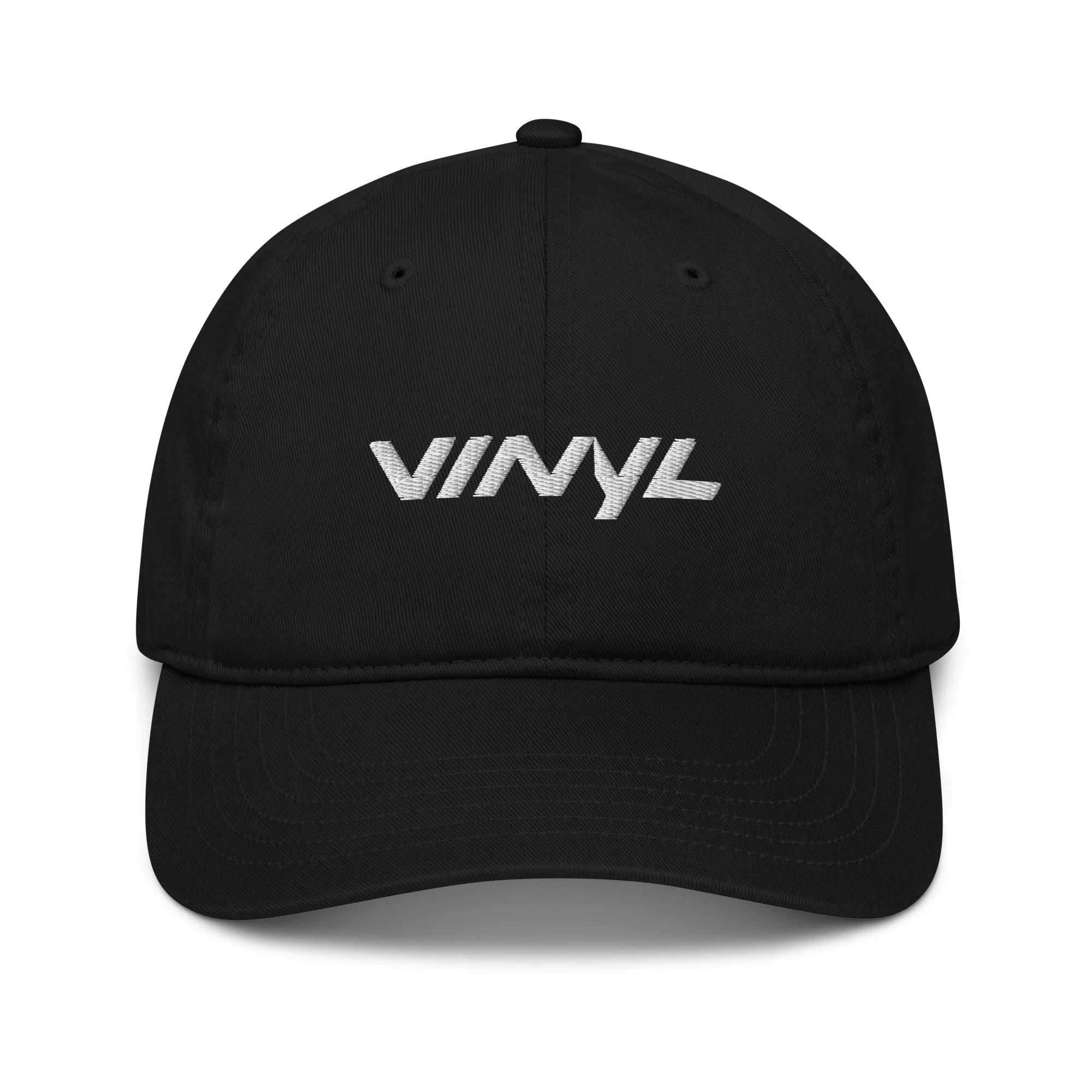
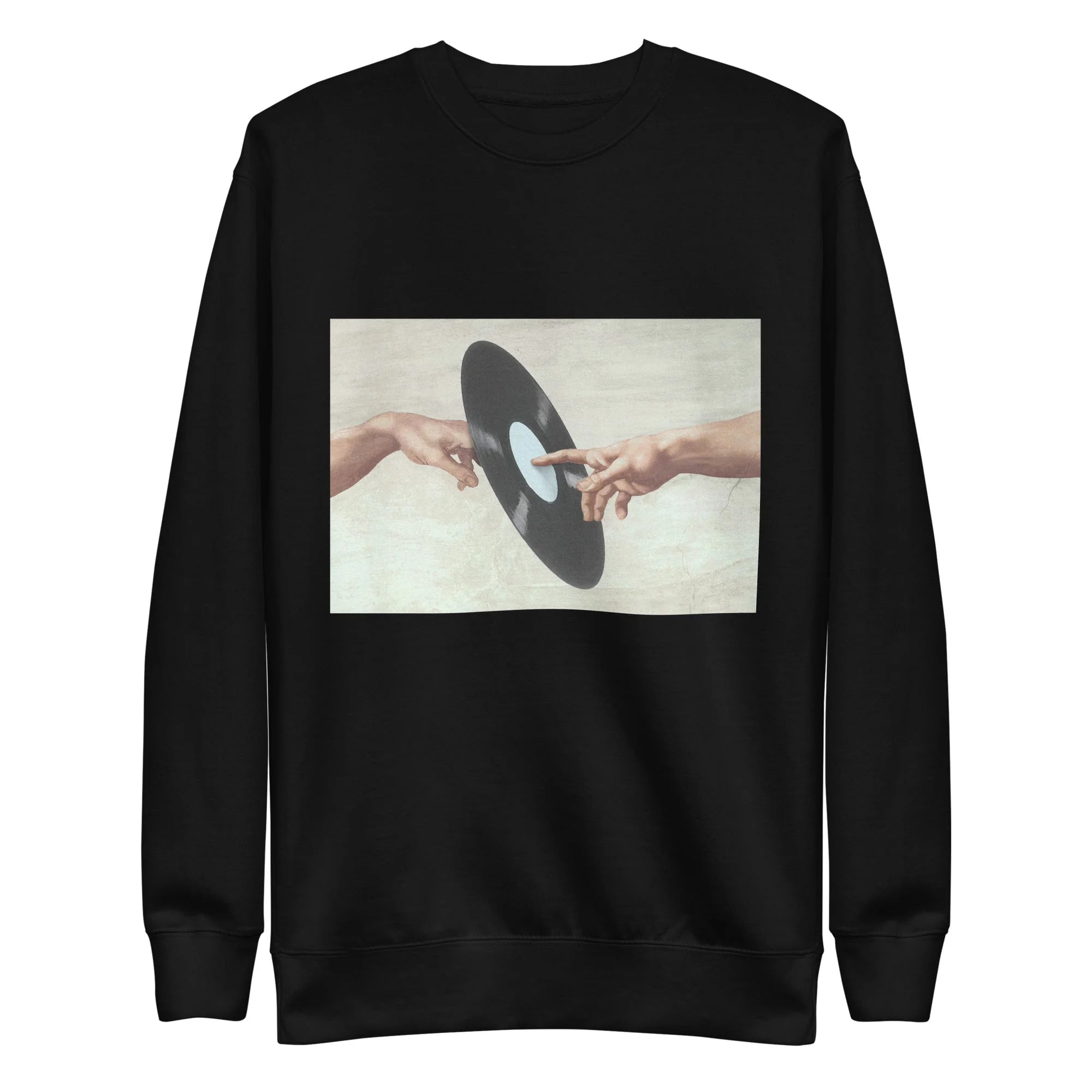
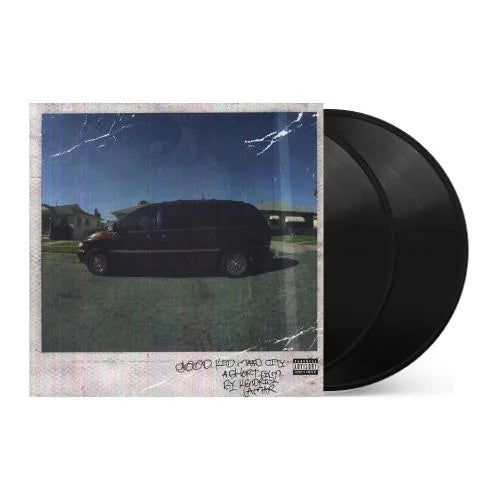
![Taylor Swift - folklore [Beige 2LP]](http://vinyl.com/cdn/shop/files/477929-Product-0-I-637317959467683009_grande_a6f82db0-1cb7-45c5-8892-ed79af261e80.webp?v=1736750683&width=5760)
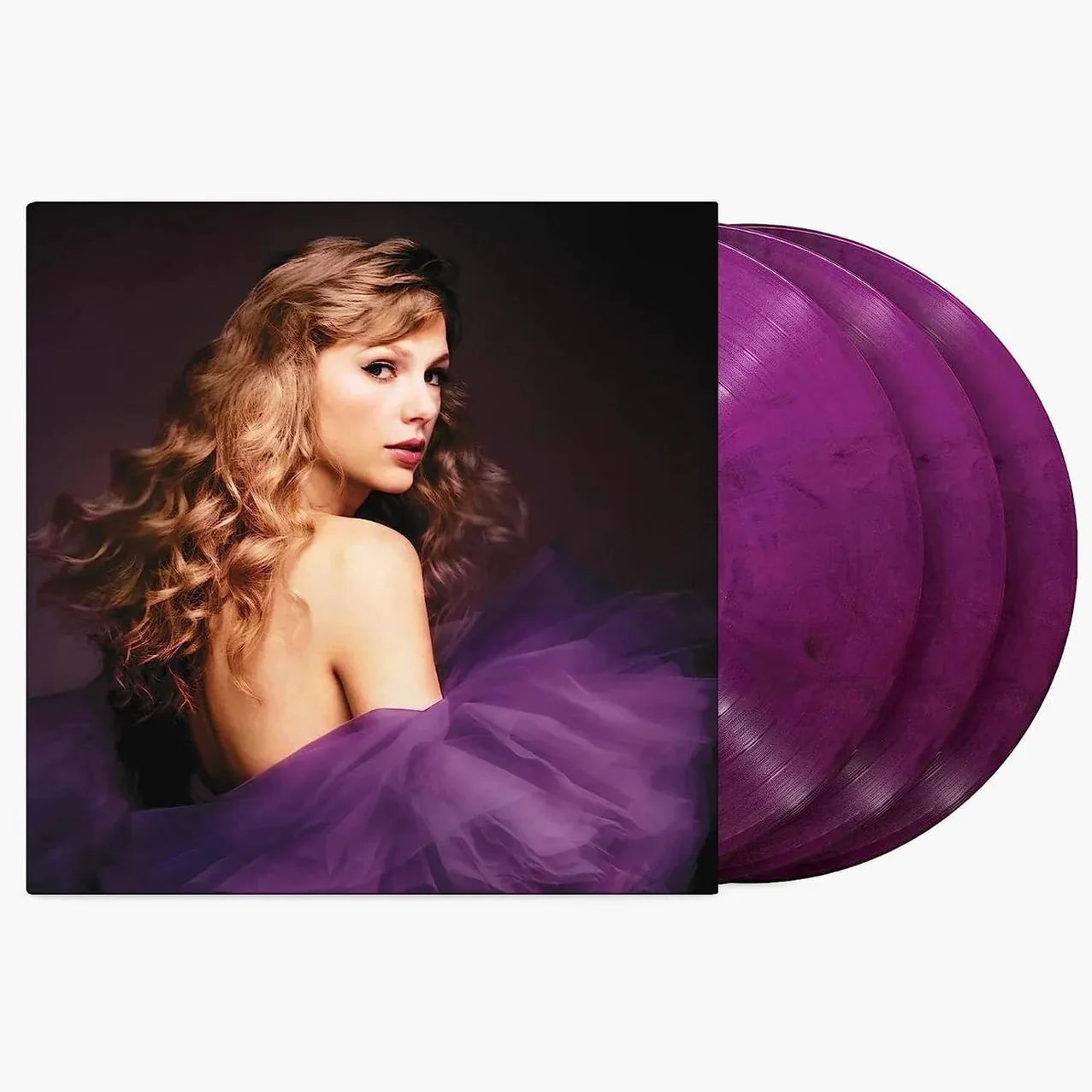
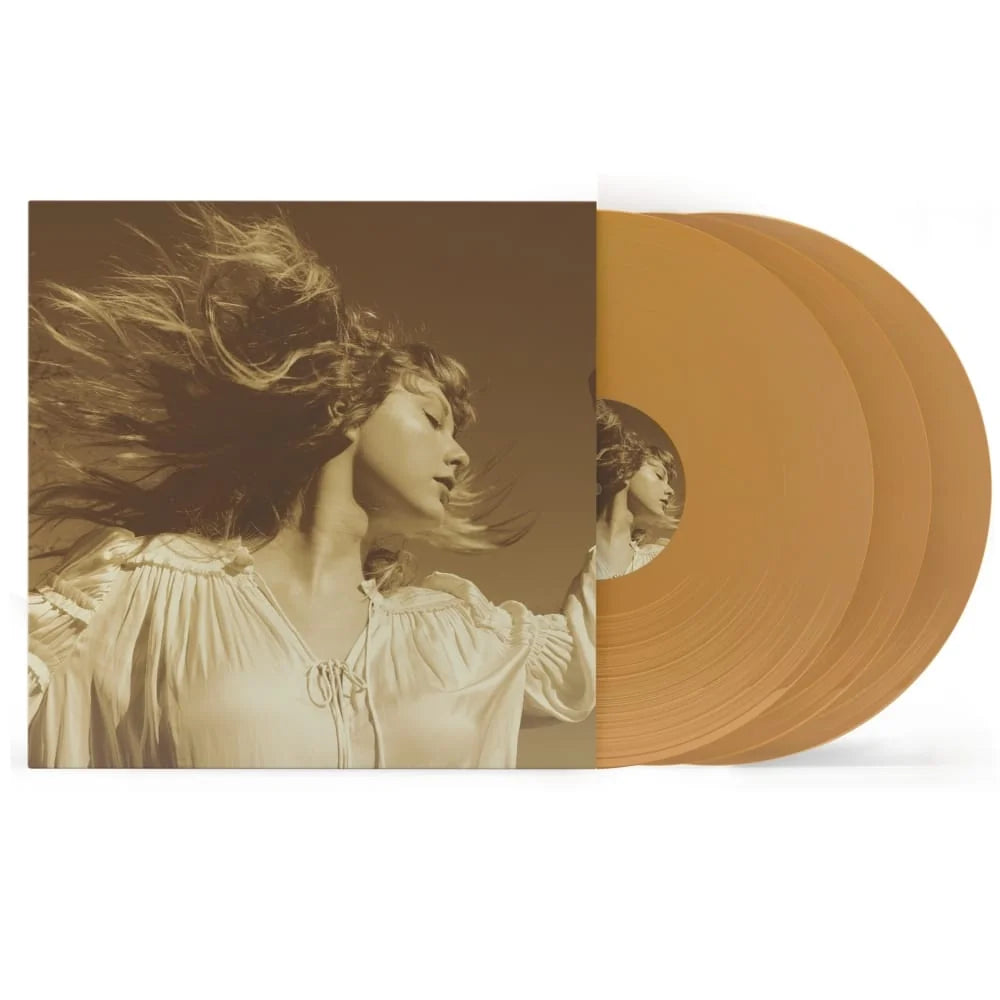
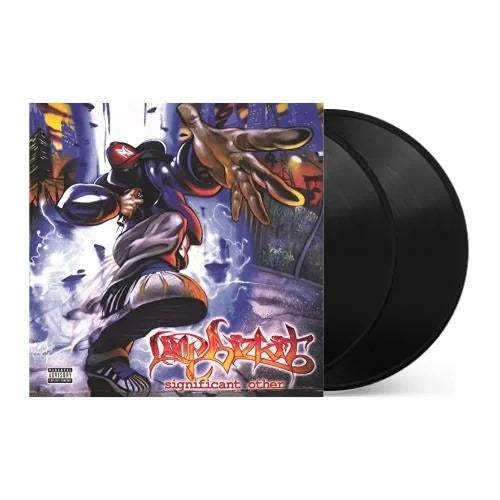
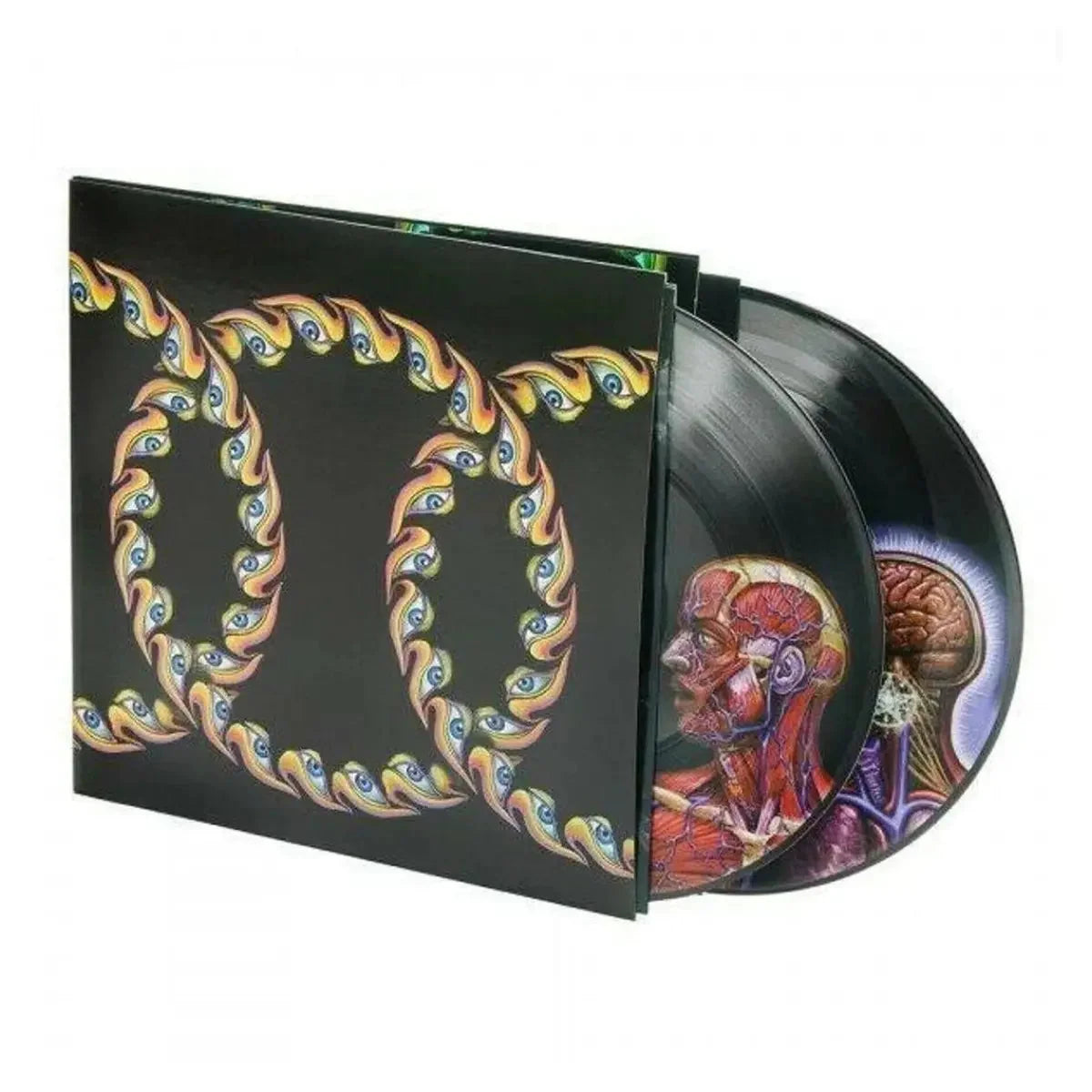

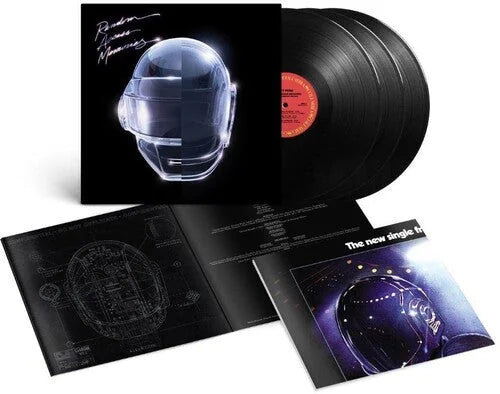

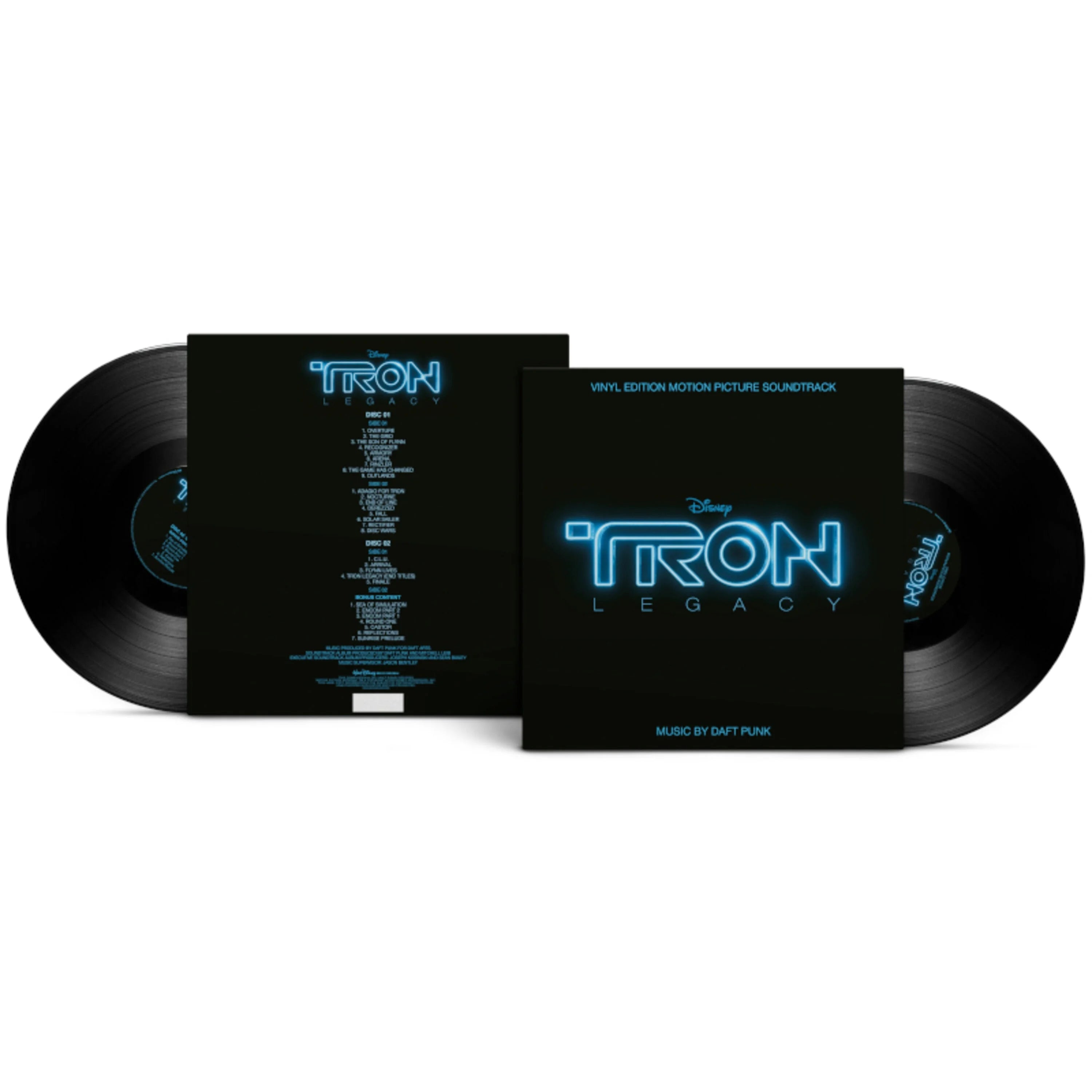
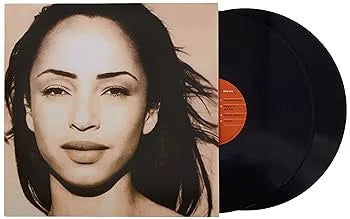
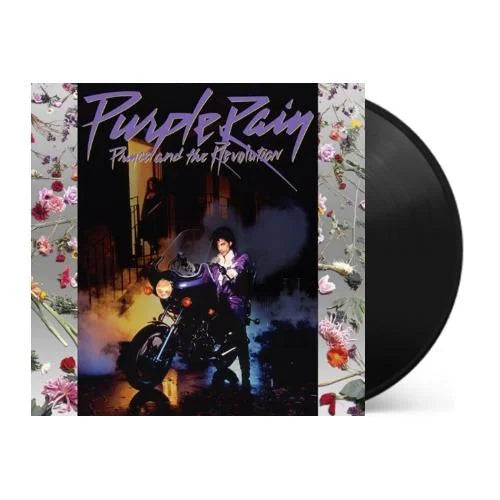
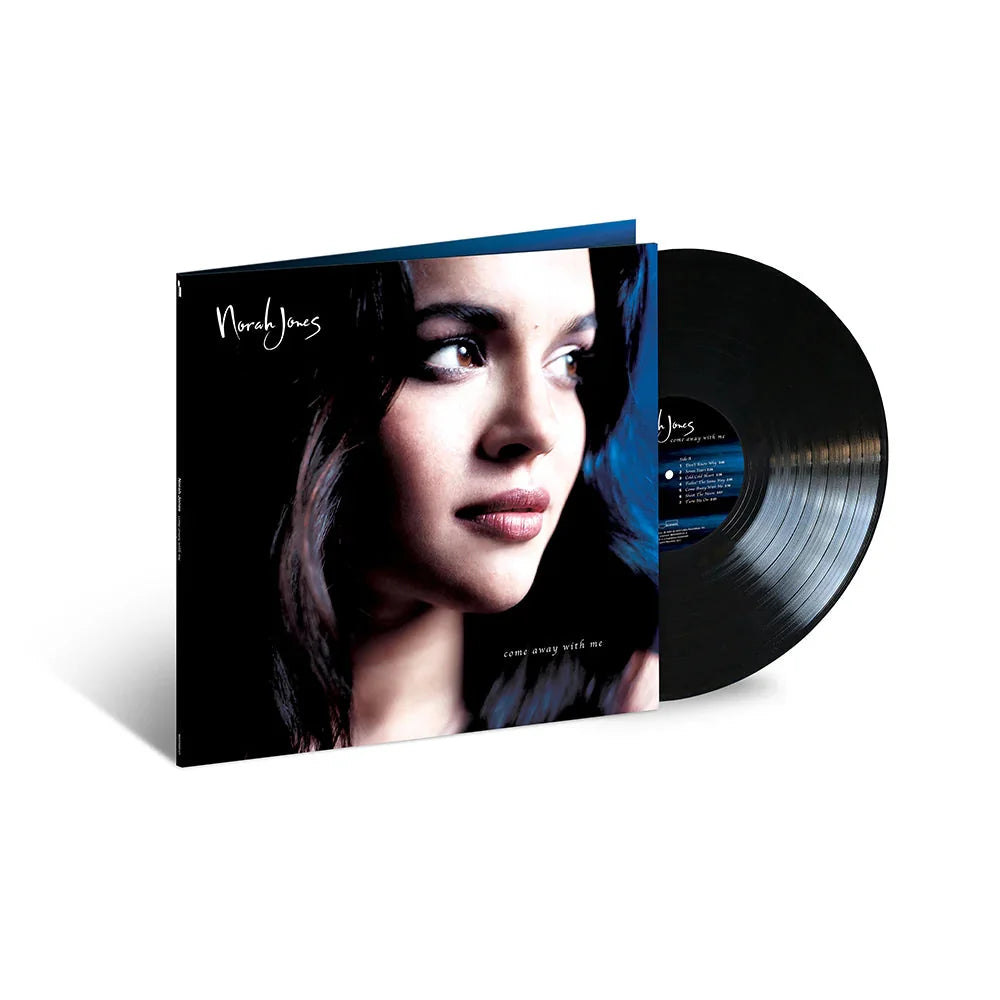
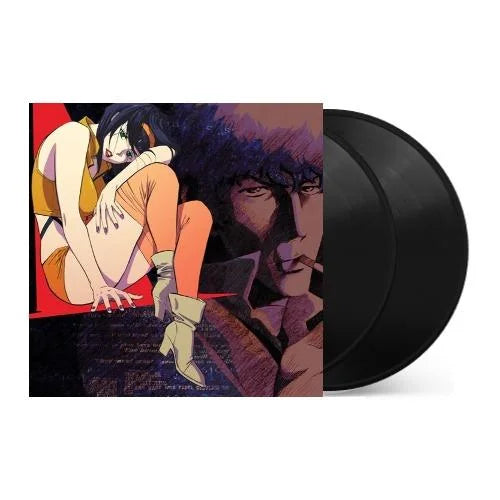

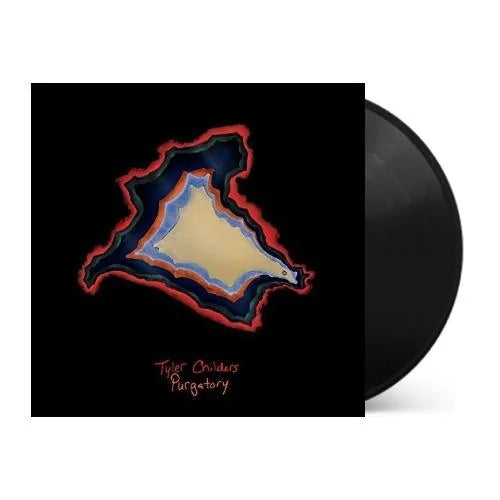
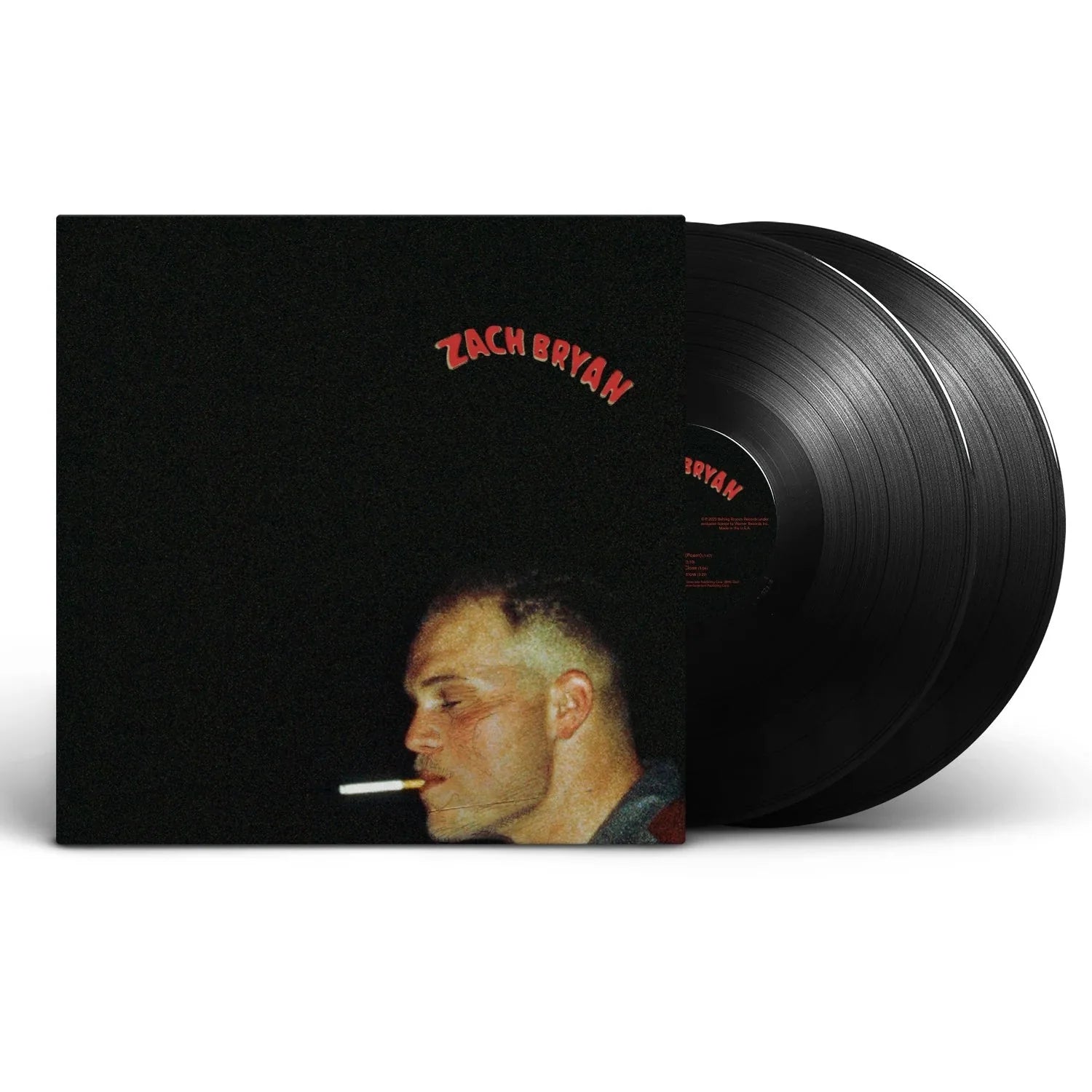
![Grace Jones - Nightclubbing [Gold]](http://vinyl.com/cdn/shop/files/4407705-3329230.jpg?v=1742429522&width=5760)
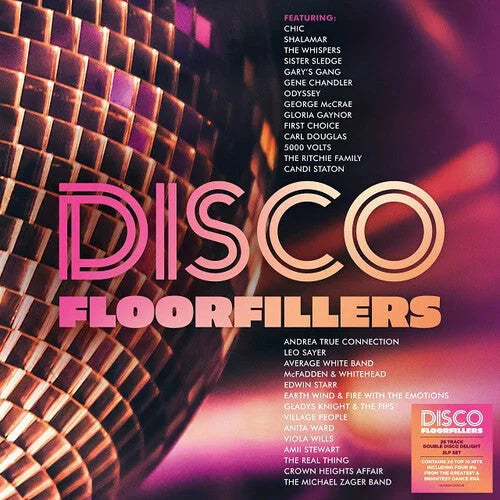

![Miles Davis - Kind of Blue [180-gram]](http://vinyl.com/cdn/shop/files/Y4LPMD03.webp?v=1742198237&width=5760)
